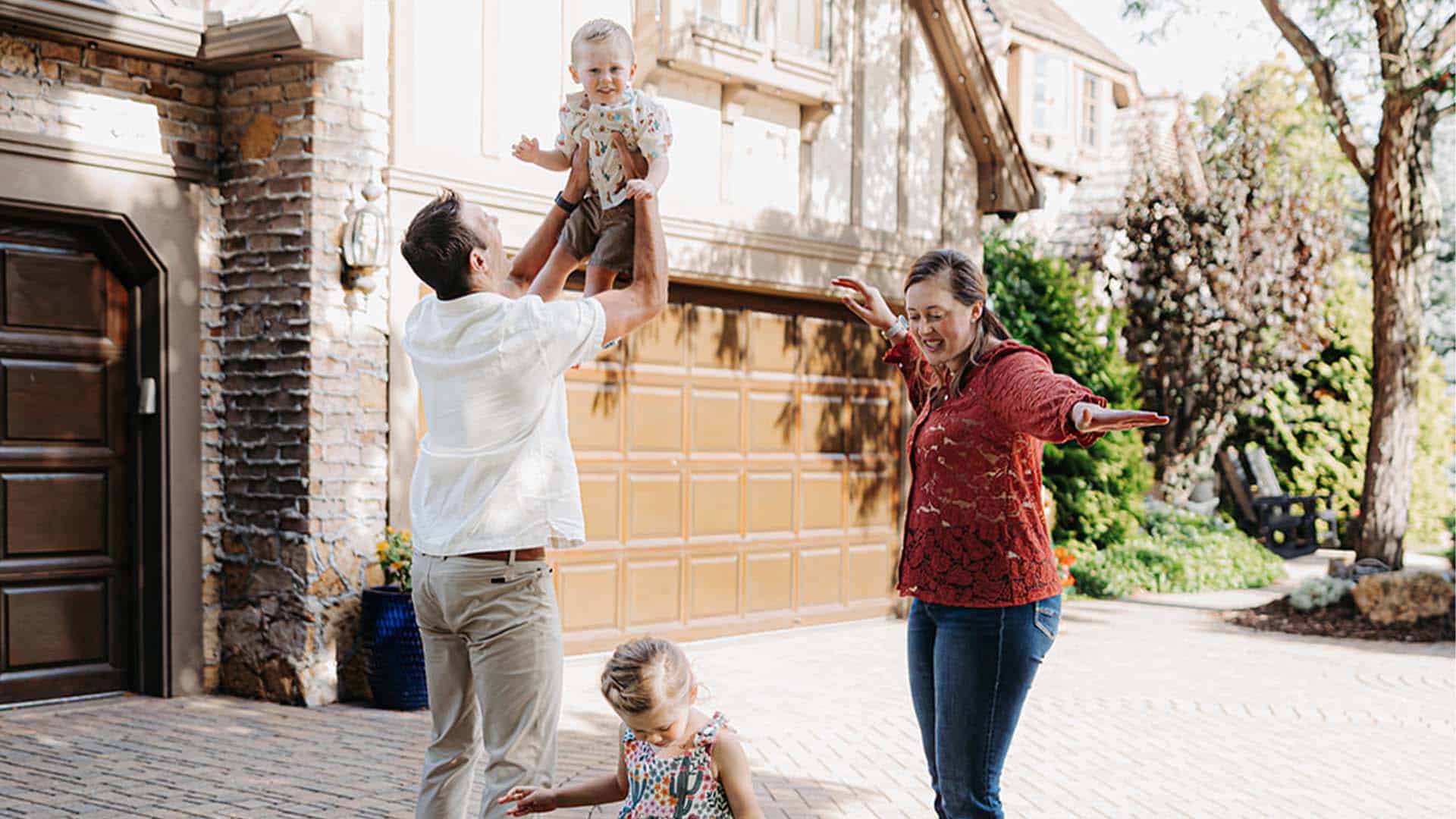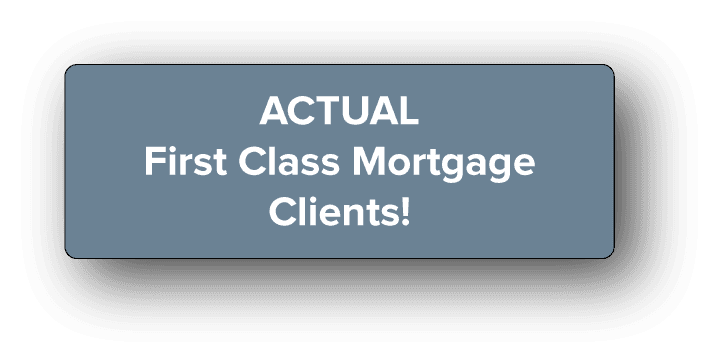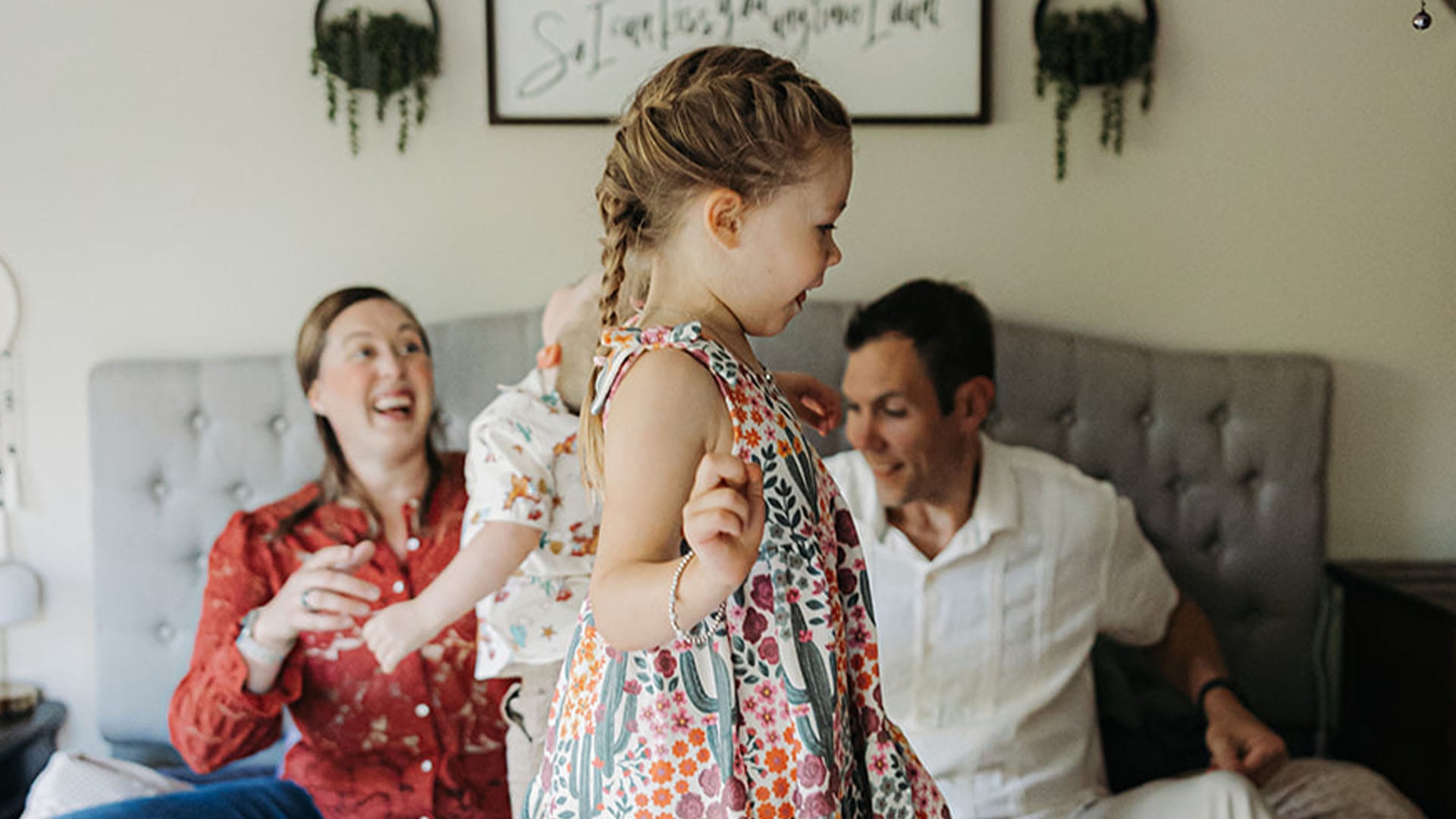Key Takeaways
- Property taxes, insurance, and repairs can add thousands to annual homeownership costs in Minnesota.
- Utility bills, HOA fees, and seasonal maintenance should be included in your long-term housing budget.
- Many first-time buyers overlook these costs—leading to budget stress later on.
- Planning ahead with savings and realistic estimates helps you protect your home and peace of mind.
Hidden Homeownership Costs in Minnesota (Taxes, Insurance, Maintenance)
Buying a home in Minnesota is a major financial step—but the down payment and mortgage aren’t the only costs to consider. Once the keys are in hand, new homeowners often encounter a range of ongoing expenses that can impact their monthly budget and long-term plans.
Understanding these hidden costs is critical for managing your finances, avoiding surprises, and maintaining your investment.
What Are “Hidden” Homeownership Costs?
Hidden homeownership costs are the recurring or unexpected expenses that fall outside your monthly mortgage payment. These may include:
- Property taxes
- Homeowners insurance
- Repairs and maintenance
- Utilities and HOA fees
- Seasonal or emergency costs
These costs are often overlooked during the homebuying process but add up quickly once you move in.
Property Taxes in Minnesota
Property taxes in Minnesota vary by county, city, and school district. On average:
- Statewide average: 1.08% of assessed home value
- Annual cost: $2,500–$5,000+ depending on location
Your mortgage lender may include these in an escrow account, but the expense still affects your monthly budget.
How Tax Assessments Work
Minnesota counties assess property values yearly. If your home increases in value:
- Your taxes could rise, even without improvements
- Special assessments (like street repairs) can add temporary costs
- Homestead exemptions may reduce the bill if it’s your primary residence
Homeowners Insurance in Minnesota
Homeowners insurance in MN typically ranges from $1,200–$2,000 annually, depending on:
- Home size and age
- Zip code and weather risks
- Deductible and coverage levels
Be prepared for higher premiums if your area is prone to hail, wind, or ice damage.
What Standard Homeowners Insurance Doesn’t Cover
Many policies do not include:
- Flood damage
- Sewer backup
- Earth movement or sinkholes
You may need supplemental policies based on your property location and risk factors.
HOA Fees and Community Dues
If you buy a home in a planned community or condo association, HOA fees can range from:
- $100 to $400+ per month
- Cover services like snow removal, lawn care, or shared amenities
These fees are separate from your mortgage and may increase yearly.
Utility Costs in Minnesota Homes
Expect the following monthly utility averages:
- Electricity: $90–$150
- Natural gas/heat: $70–$180 (higher in winter)
- Water/sewer: $50–$100
- Trash service: $20–$40
Older homes may require more energy and maintenance, raising utility costs significantly.


Ongoing Maintenance and Repairs
A good rule of thumb: budget 1% of your home’s value annually for upkeep.
Common expenses include:
- Furnace/AC service
- Roof inspections
- Appliance repairs
- Gutter cleaning
- Window sealing and weatherproofing
Major Repairs and Replacement Costs
Some repairs come with a big price tag. Examples:
- Roof replacement: $7,000–$15,000
- New HVAC system: $5,000–$10,000
- Foundation repairs: $4,000+
- Water heater: $800–$2,500
It’s wise to set aside an emergency fund just for home repairs.
Landscaping, Lawn Care, and Snow Removal
If you’re moving from an apartment or rental, these tasks—and costs—can be new to you.
- Lawn care services: $40–$100/month
- Tree trimming: $300–$1,000+
- Snow removal: $25–$75 per visit (or DIY costs for equipment)
These vary depending on your property size and seasonal needs.
Pest Control and Seasonal Maintenance
Annual or bi-annual services may be required for:
- Termite prevention
- Rodent control
- Chimney cleaning
- HVAC tune-ups
These preventative costs help protect your home from long-term damage.
Home Furnishings and Improvements
Even if the structure is move-in ready, most homeowners spend additional money on:
- Window treatments
- Furniture
- Painting or flooring upgrades
- Lighting and fixtures
These costs often arise in the first 12–18 months after move-in.
How Escrow Accounts Help (or Don’t)
Many Minnesota lenders require escrow accounts to cover:
- Property taxes
- Homeowners insurance
While this spreads payments over 12 months, it doesn’t include maintenance or utilities—so your true monthly cost may be higher than expected.


Planning Ahead: How to Budget for Hidden Costs
- Use a home maintenance savings rule (1–3% of home value/year)
- Build a dedicated emergency fund
- Track utility and seasonal spending for the first year
- Talk to local homeowners to understand neighborhood-specific expenses
Schedule a Call With Us at First Class Mortgage
Before you buy, know the full financial picture. Schedule a call with First Class Mortgage today and get personalized guidance on mortgage planning, property tax expectations, and monthly affordability. We’ll help you buy confidently—and plan wisely for the future.
First Class Mortgage
First-class service. First-class knowledge. A first-class experience. We are staffed and operated by people who understand that each customer is special and individual attention is necessary to satisfy each unique financial situation. That’s why at First Class Mortgage, we have simplified the mortgage process.
Locally owned. Connected nationwide.


